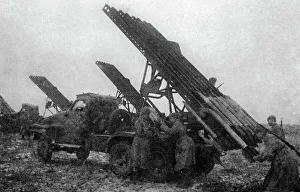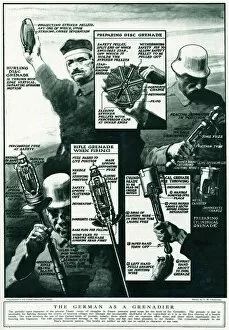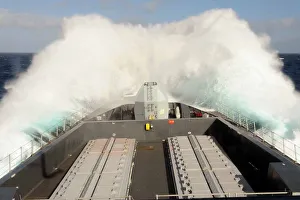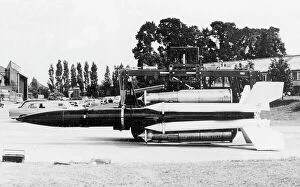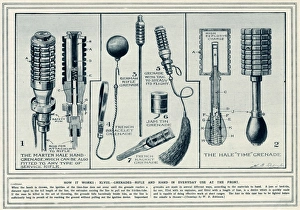Launchers Collection
From the trenches of World War I, where German grenadiers prepared their Jam-tins for a deadly throw, to the battlefields of World War II
All Professionally Made to Order for Quick Shipping
From the trenches of World War I, where German grenadiers prepared their Jam-tins for a deadly throw, to the battlefields of World War II, where Soviet Katyusha rocket launchers unleashed devastating barrages, the evolution has shaped the tide of war. The roar of a North American F-100 Super Sabre taking off, carrying air-to-air missiles, stands in stark contrast to the rough seas that challenged Royal Navy ships, their surface-to-air missile systems a vital defense against aerial threats. The secret of the German offensive in 1918 was not just in their infantry's hand grenades, but also in the determination of their soldiers, as seen in this gripping image of German soldiers readying for hand grenade combat. The French soldiers at Verdun, too, knew the importance of close quarters combat, their small grenade launchers a crucial tool in the face of relentless enemy fire. The past's lessons continue to inform our present, as we marvel at the technological advancements from the Soviet Katyusha rocket launchers of 1943 to the sophisticated systems that protect us today.

